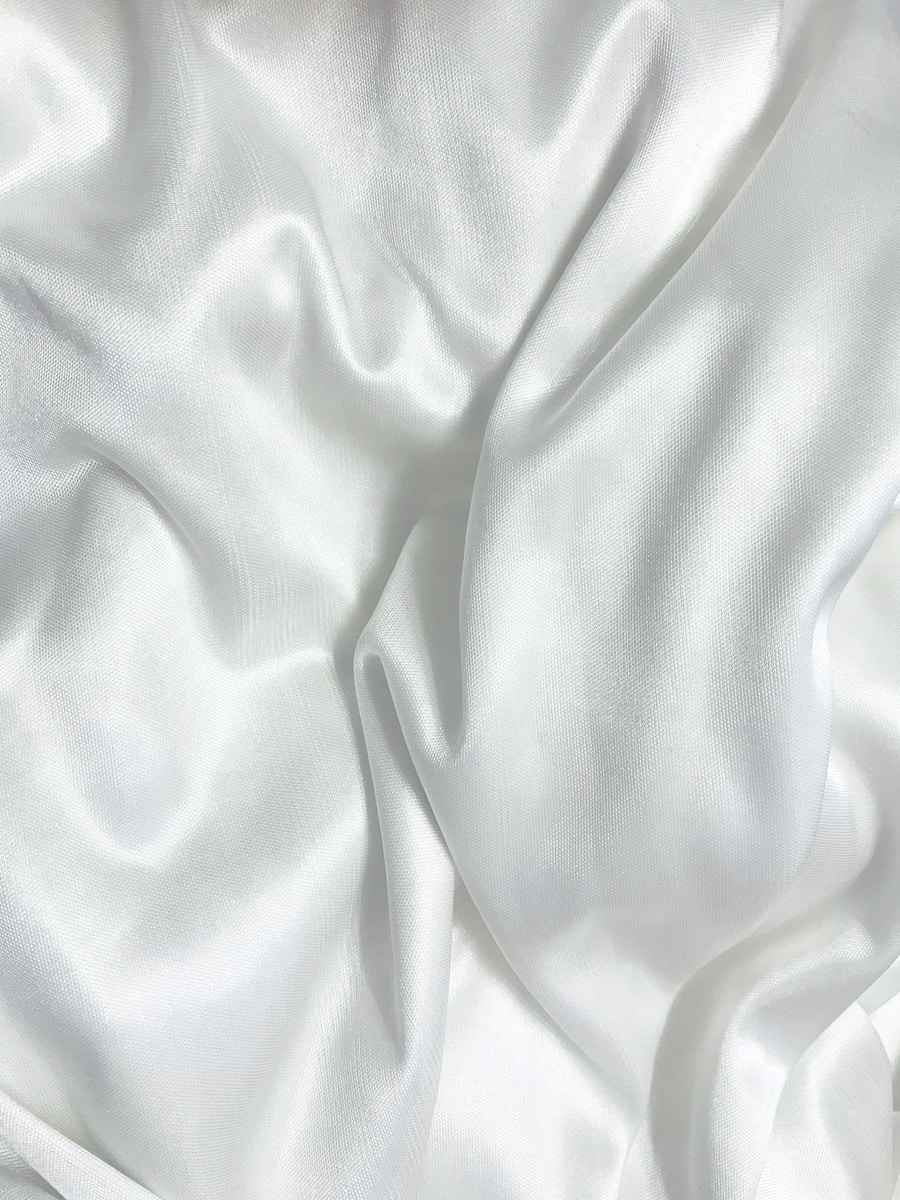You’ve been looking at your satin curtains for a while, but you’re not happy with their color. You want to change their appearance and give them a new look. You’re wondering: can you dye satin curtains? Or will this ruin them?
Can you dye satin curtains?
The answer is: it depends. Satin curtains can be dyed, but only if they are made of a dyeable fabric. Satin is not a type of fabric, but a type of weave that creates a smooth and shiny surface.
Satin can be made of different fabrics, such as silk, polyester, nylon, rayon, or cotton. Each fabric has different properties and dyeing requirements. Therefore, you need to check the label of your curtains to find out what fabric they are made of and whether they can be dyed or not.
How to dye satin curtains
If you want to dye satin curtains, you need to follow some steps and tips to do it properly and safely. Here are some guidelines to help you dye satin curtains:
- Choose your dye: Before dyeing your curtains, you need to choose a dye that is suitable for the fabric of your curtains. There are different types of dyes for different fabrics, such as acid dyes, disperse dyes, reactive dyes, or natural dyes. You can find these dyes online or in craft stores. Check the label of the dye to see what fabrics it can dye and what instructions it has.
- Prepare your curtains: Before dyeing your curtains, you need to prepare them by following these steps:
- Wash your curtains with mild detergent and water to remove any dirt or stains.
- Rinse your curtains well and wring out the excess water.
- Cut off any loose threads or frayed edges with scissors.
- If your curtains have a lining, separate it from the main fabric with a seam ripper.
- Dye your curtains with acid dye: If your curtains are made of silk, nylon, or wool, you need to dye them with acid dye by following these steps:
- Fill a large pot with enough water to cover your curtains and bring it to a boil.
- Add the acid dye according to the package instructions and stir well.
- Add about 1 cup of white vinegar per gallon of water and stir well.
- Wet your curtains with warm water and squeeze out the excess water.
- Submerge your curtains in the dye bath and stir gently.
- Keep the water at a simmer and let the curtains soak for about an hour or until the desired color is reached.
- Remove your curtains from the dye bath and rinse them with cold water until the water runs clear.
- Dye your curtains with disperse dye: If your curtains are made of polyester or acetate, you need to dye them with disperse dye by following these steps:
- Fill a large pot with enough water to cover your curtains and bring it to a boil.
- Add the disperse dye according to the package instructions and stir well.
- Add about 1 tablespoon of carrier per gallon of water and stir well. Carrier is a chemical that helps the dye penetrate the fabric. It can be found online or in craft stores.
- Wet your curtains with warm water and squeeze out the excess water.
- Submerge your curtains in the dye bath and stir gently.
- Keep the water at a boil and let the curtains soak for about an hour or until the desired color is reached.
- Remove your curtains from the dye bath and rinse them with cold water until the water runs clear.
- Dye your curtains with reactive dye: If your curtains are made of cotton or rayon, you need to dye them with reactive dye by following these steps:
- Fill a large pot with enough water to cover your curtains and bring it to a boil.
- Add the reactive dye according to the package instructions and stir well.
- Add about 1 cup of salt per gallon of water and stir well.
- Wet your curtains with warm water and squeeze out the excess water.
- Submerge your curtains in the dye bath and stir gently.
- Keep the water at a simmer and let the curtains soak for about an hour or until the desired color is reached.
- Remove your curtains from the dye bath and rinse them with cold water until the water runs clear.
- Dye your curtains with natural dye: If you prefer to use natural dyes, you can dye your curtains with plant-based materials by following these steps:
- Gather your natural dye materials, such as onion skins, beetroot, turmeric, coffee, tea, or berries. You will need about 4 cups of plant material per pound of fabric.
- Chop or crush your plant material and place it in a large pot. Cover it with water and bring it to a boil. Simmer for about an hour or until the water turns a deep color.
- Strain the plant material and return the dye bath to the pot. Add about 1/4 cup of alum per gallon of water and stir well. Alum is a natural mordant that helps the dye bond with the fabric. It can be found online or in craft stores.
- Wet your curtains with warm water and squeeze out the excess water.
- Submerge your curtains in the dye bath and stir gently.
- Keep the water at a simmer and let the curtains soak for about an hour or until the desired color is reached.
- Remove your curtains from the dye bath and rinse them with cold water until the water runs clear.
- Dry your curtains naturally: After dyeing your curtains, you need to dry them naturally by following these steps:
- Do not wring, twist, or tumble dry your curtains, as this can damage or shrink them.
- Do not expose your curtains to direct sunlight or heat, as this can fade or discolor them.
- Hang your curtains on a clothesline or a shower rod with clips or hangers, or lay them flat on a clean surface.
- Smooth out any wrinkles or creases with your hands or a cool iron if needed.
- Let your curtains air dry completely before hanging them back on the rod.

FAQs
Q: How often should I dye satin curtains?
A: Satin curtains do not need to be dyed frequently, as this can wear them out or damage them. Generally, you should only dye them when you want to change their color or refresh their appearance. You can also spot dye them with a dye pen or a spray bottle if they have minor stains or fades.
Q: How can I prevent my satin curtains from fading or staining?
A: To prevent your satin curtains from fading or staining, you can take some preventive measures such as:
- Washing your curtains with mild detergent and cold water to remove any dirt or stains.
- Rinsing your curtains well and wringing out the excess water to remove any dye residue.
- Avoiding touching your curtains with dirty hands or placing them near sources of grease, smoke, or moisture that can stain them.
- Using liners or shades behind your curtains to protect them from sunlight or heat that can fade or discolor them.
- Storing your curtains in a cool, dry, dark place away from sunlight or heat when not in use.
The bottom line
Satin curtains can be dyed, but only if they are made of natural or semi-synthetic fibers, such as silk, rayon, or nylon. If they are made of synthetic fibers, such as polyester or acetate, they cannot be dyed easily or at all.
Therefore, before you attempt to dye your satin curtains, you need to check the fabric label and find out what type of fiber they are made of. To dye satin curtains, you need to choose your dye, prepare your curtains, dye your curtains with water and vinegar or water and carrier, and dry your curtains naturally.
Dale is the colorful mind behind HuetifulHomes.com, where he shows you how to create a home that is as fun and fabulous as you are. He has a passion for color and a knack for DIY, with years of interior design experience he shares his tips and tricks on how to create a home that reflects your personality and style. He believes that color is the key to happiness, and he wants to help you make your home more Huetiful.


